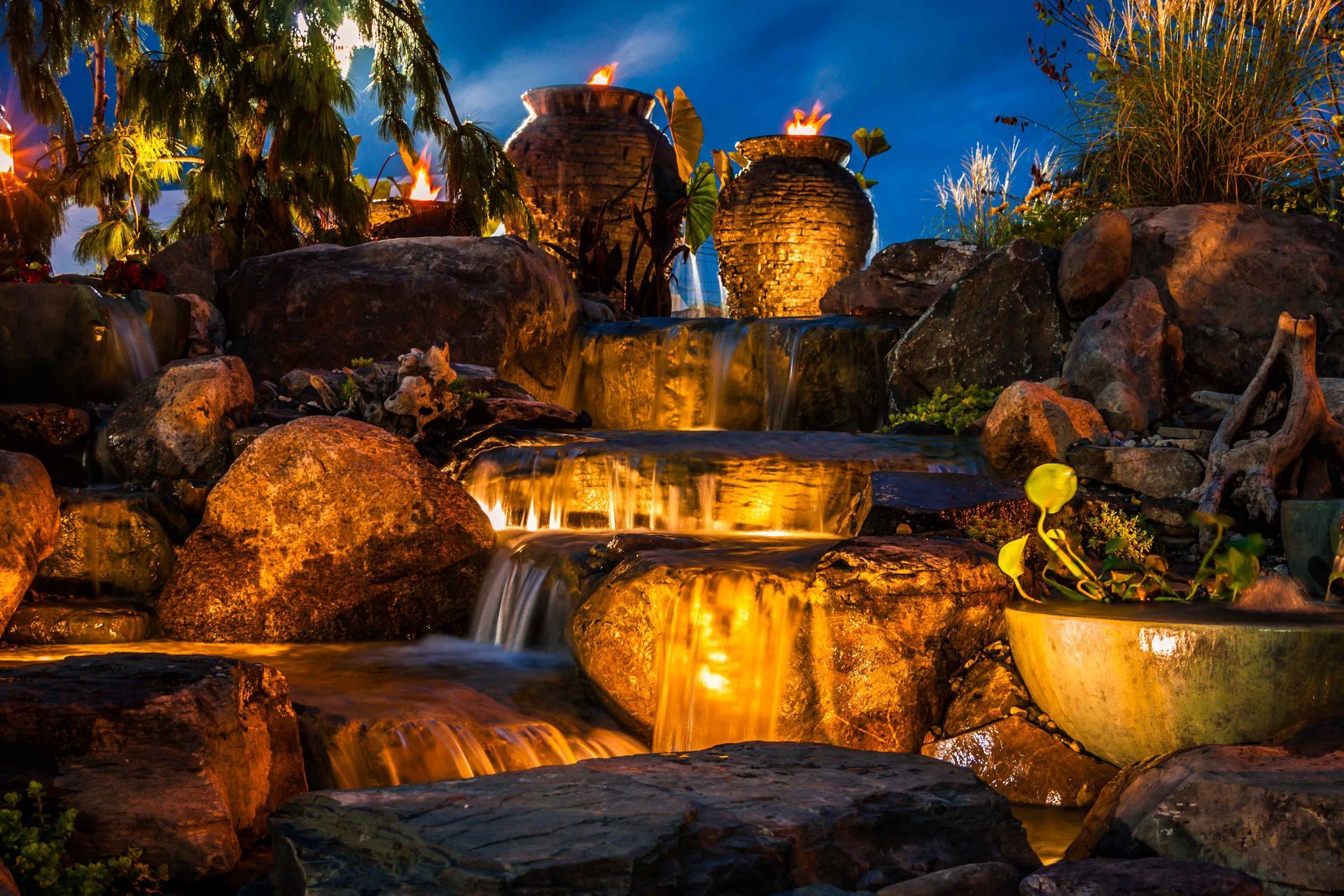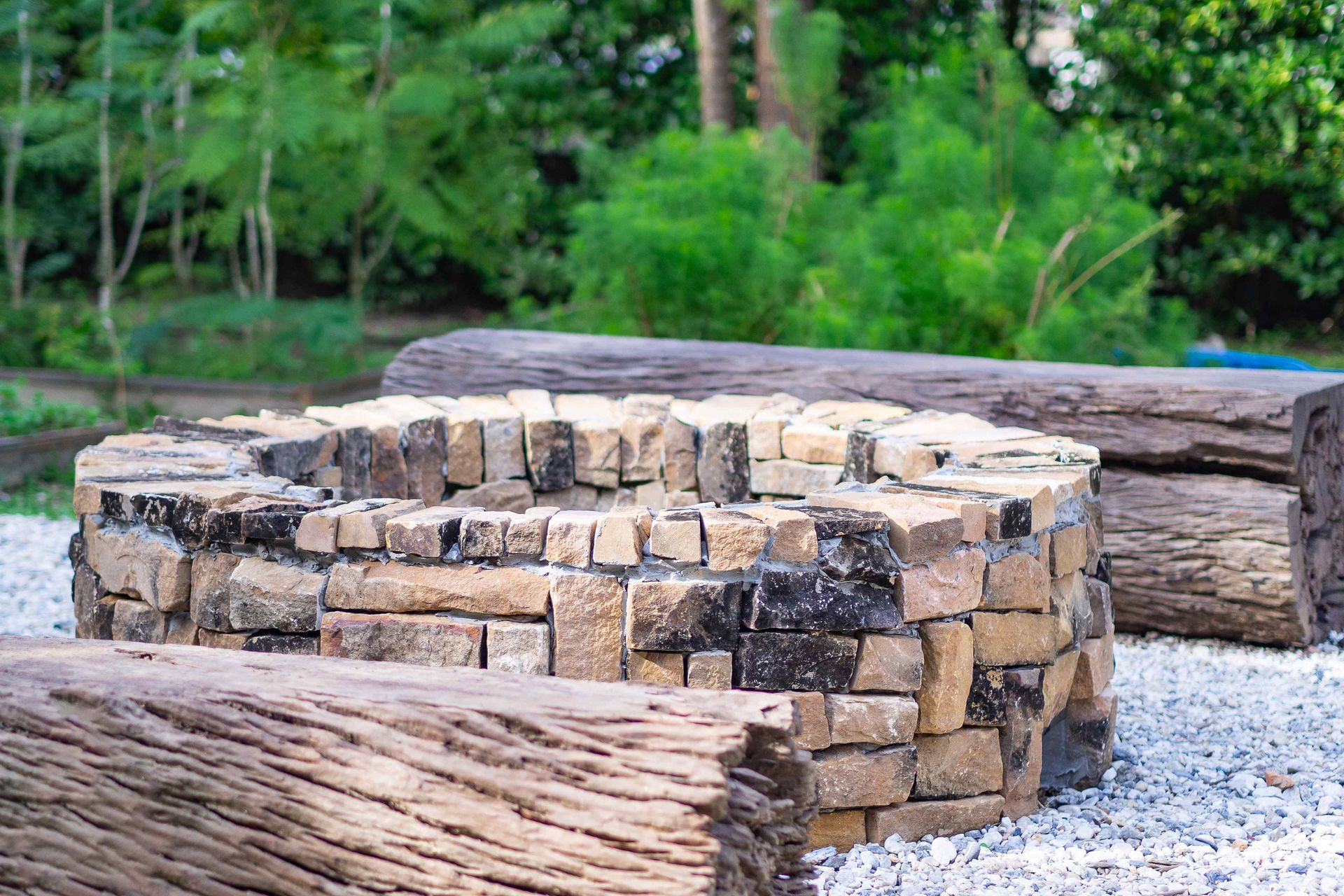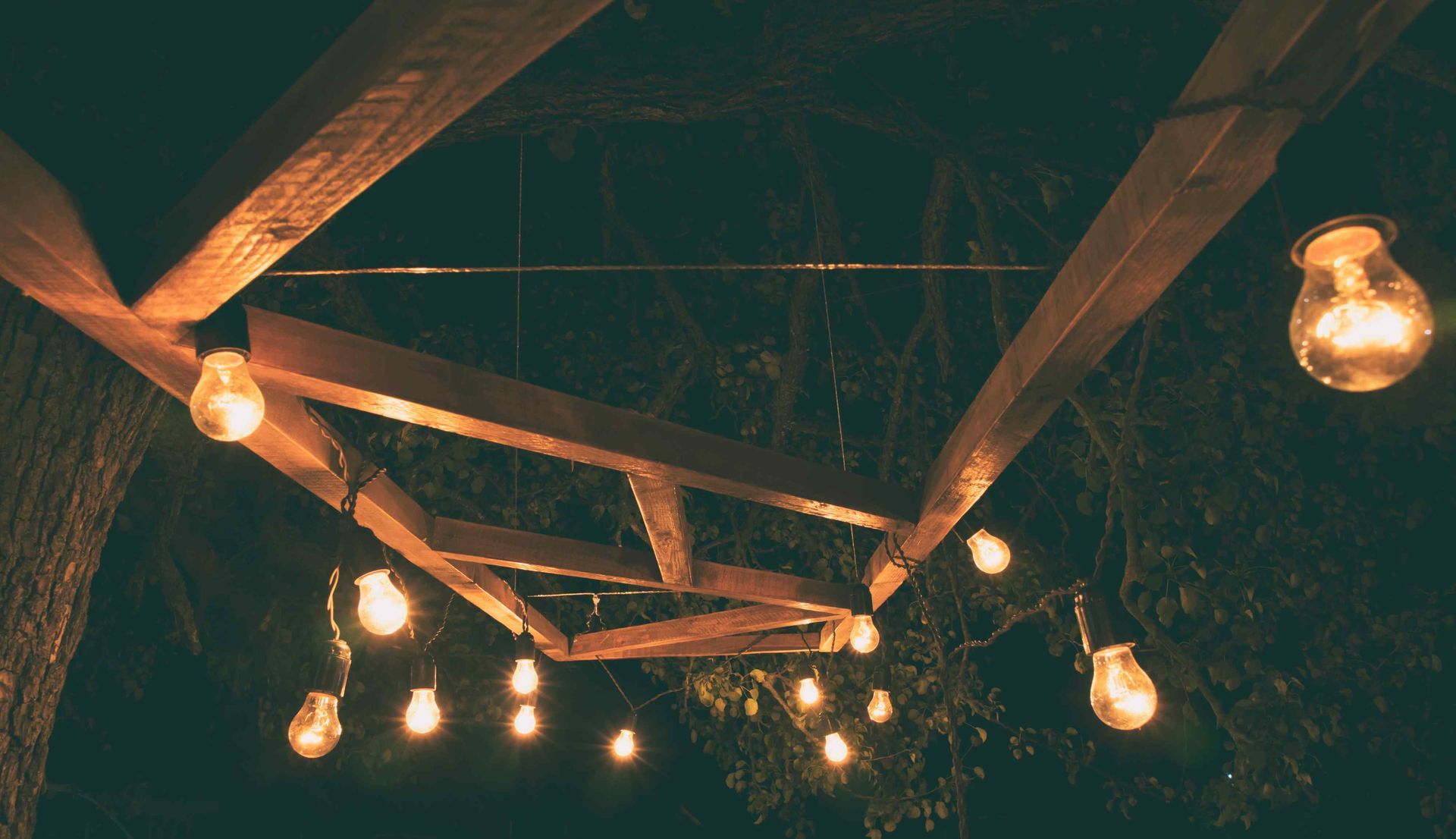Landscape Design 101: Elements of a Beautiful & Functional Yard
Landscape Design 101: Elements of a Beautiful & Functional Yard
Your outdoor space isn’t just a patch of land—it’s an extension of your home. Whether you’re hosting backyard barbecues or enjoying a quiet evening under the stars, a thoughtfully designed yard can enhance your lifestyle and leave a lasting impression. But where do you begin? Crafting a yard that’s both beautiful and functional requires a mix of creativity, practicality, and strategic planning.
This guide will cover everything you need to know about landscape design. From understanding your space to incorporating essential elements like plants, hardscaping, and lighting, we’ll walk you through the process of transforming your outdoor space into a personal oasis.
Understanding Your Space
A great landscape design starts with understanding what you’re working with. Before you plant a single flower or lay down a single paver, take some time to evaluate your yard.
Factors to Consider:
Size: Is your yard compact or expansive? A smaller yard may require creative ways to maximize space, while a larger yard provides more flexibility for unique features.
Topography: Note slopes, flat areas, or any uneven terrain that may require leveling or creative use, such as building terraced gardens.
Existing Features: Identify what’s already in the space, such as mature trees, rocks, or fencing. Decide whether these elements can be incorporated into your design or need removal.
Sunlight and Shade: Observe how sunlight moves through your yard throughout the day. This will influence where you place plants, patios, or seating areas.
Essential Elements of Landscape Design
Whether you’re going for a lush garden retreat or a sleek, modern yard, blending the right elements is key to creating balance and cohesion. Here are the foundational components every homeowner should consider.
Plant Selection
Plants are the soul of any yard. But not all plants suit every homeowner—or every yard.
Tips for Choosing the Right Plants:
Consider Your Climate: Native plants adapted to your region, such as drought-tolerant grasses or flowering shrubs, can save you time, water, and maintenance.
Layering: Incorporate a mix of heights, including ground covers, bushes, and trees, to add depth and variety to your garden.
Seasonal Interest: Choose plants that bloom or change color in different seasons to keep your yard dynamic and interesting year-round.
Hardscaping
Hardscape features give structure to your yard and define functional spaces. They complement the soft elements like plants and provide practical benefits such as walkways and seating areas.
Hardscaping Ideas:
Pathways using materials like gravel, stone, or brick create a natural flow for navigation around your yard.
Patios or decks provide areas for relaxation or dining, and can be customized with textures like paver stones or wood.
Retaining walls tame slopes, prevent erosion, and double as visually appealing boundaries for different sections of your yard.
Water Features
A water feature can elevate your yard. Whether it’s the sound of trickling water or the visual appeal of a reflective pond, water can add serenity and elegance.
Things to Consider:
Size and Scale: A small fountain can enhance a compact yard, while larger properties may accommodate ponds or waterfalls.
Maintenance: Some water features require regular cleaning and upkeep. Consider investing in features with filtration systems to reduce maintenance time.
Lighting
When the sun goes down, the right lighting can bring your yard to life. Exterior lighting also ensures safety and extends the usability of your outdoor space.
Ideas for Lighting:
Path lights along walkways enhance navigation and safety.
String lights can create a warm, inviting ambiance for patios or decks.
Spotlights can highlight specific features, such as a sculpture or a flower bed, adding drama to your design.
Design Principles to Consider
Applying time-tested design principles can take your landscape from good to extraordinary.
Balance: Achieve symmetry by ensuring no side of the yard feels heavier with elements than the other, or create visual harmony through a mix of textures and shapes.
Focal Point: Draw attention with a centerpiece, like a statue, water feature, or a large, colorful plant.
Unity: Ensure the design feels cohesive by sticking to a consistent theme, whether it’s modern minimalism or a cottage-style garden.
DIY vs. Professional Help
Once you’ve envisioned your dream yard, the next decision is whether to tackle it yourself or bring in a professional.
DIY Landscape Design:
Pros:
Cost savings
Full creative control
A sense of accomplishment
Cons:
Time-intensive
Limited expertise in areas like drainage or soil compatibility
Hiring a Professional:
Pros:
Expertise ensures optimal plant placement, drainage, and aesthetics.
They provide access to professional-grade materials and unique resources.
Cons:
Higher upfront costs
Finding the Right Professional:
Check portfolios and client reviews.
Ask for a consultation to discuss their style and your vision.
Request a detailed estimate to avoid hidden fees.
Case Studies for Inspiration
Before and After #1
The Challenge:
A Wenatchee homeowner struggled with an uneven yard and minimal privacy.
The Solution:
A professional designer added retaining walls to level the yard, planted tall hedges for privacy, and included a cozy fire pit patio.
Before and After #2
The Challenge:
A garden enthusiast wanted to spruce up their small space without overcrowding it.
The Solution:
DIY efforts used tiered flower beds to create visual interest and string lights to make the space more welcoming at night.
Budgeting and Maintenance
Creating your perfect yard can be exciting, but it’s important to stay practical.
Tips for Budgeting:
Prioritize the features you value most—whether that’s a patio, a water feature, or lush greenery.
Start Small with a phased approach if your budget doesn’t cover everything at once.
DIY Some Features to save on labor costs while leaving complex tasks (like building walls) to professionals.
Maintenance Tips:
Regularly water, fertilize, and trim plants to keep them healthy.
Power wash hardscaping like patios and pathways to remove dirt and grime.
Check lighting fixtures and replace bulbs to ensure your yard stays well-lit.
Time to Start Designing Your Dream Yard!
Designing a beautiful and functional yard takes time and thoughtful planning, but the results can transform your space into something truly special. By understanding your space, balancing essential elements, and working within your budget, you’ll create an outdoor area that you’ll love spending time in—and your neighbors will envy!
If this feels overwhelming, you don’t have to do it alone. Reach out to local landscape experts or share your ideas with the landscape design community for guidance and advice. It’s time to take the first step toward creating the yard you’ve always wanted.


